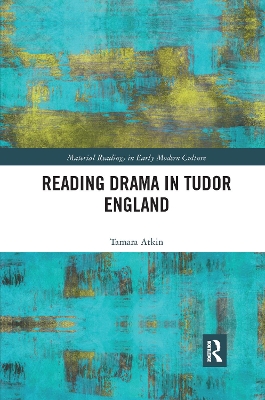Material Readings in Early Modern Culture
1 total work
Reading Drama in Tudor England is about the print invention of drama as a category of text designed for readerly consumption. Arguing that plays were made legible by the printed paratexts that accompanied them, it shows that by the middle of the sixteenth century it was possible to market a play for leisure-time reading. Offering a detailed analysis of such features as title-pages, character lists, and other paratextual front matter, it suggests that even before the establishment of successful permanent playhouses, playbooks adopted recognisable conventions that not only announced their categorical status and genre but also suggested appropriate forms of use. As well as a survey of implied reading practices, this study is also about the historical owners and readers of plays. Examining the marks of use that survive in copies of early printed plays, it explores the habits of compilation and annotation that reflect the striking and often unpredictable uses to which early owners subjected their playbooks.
